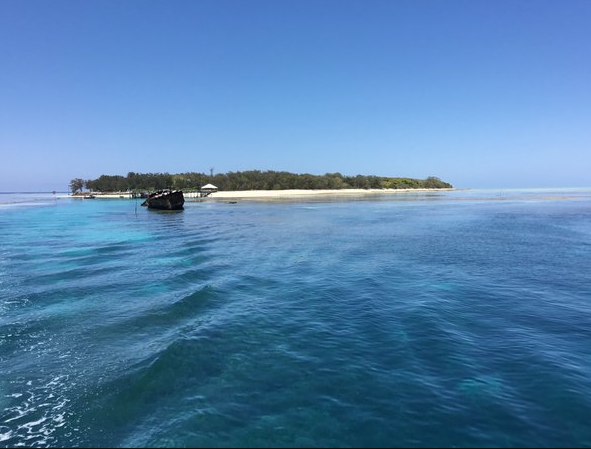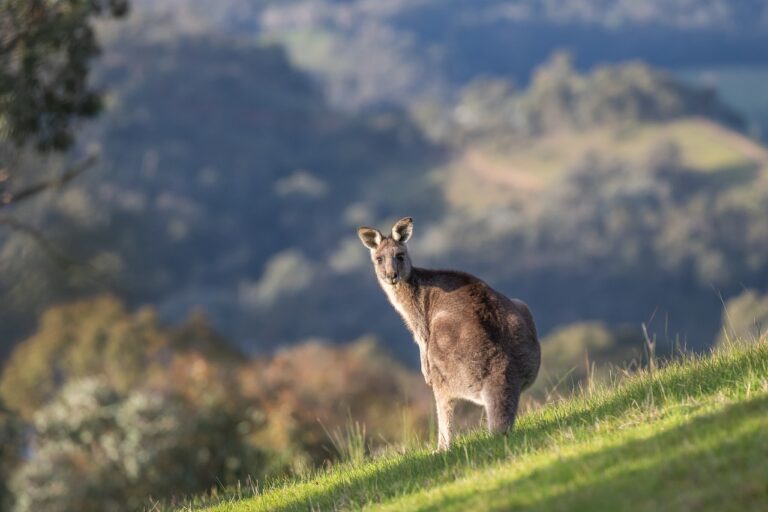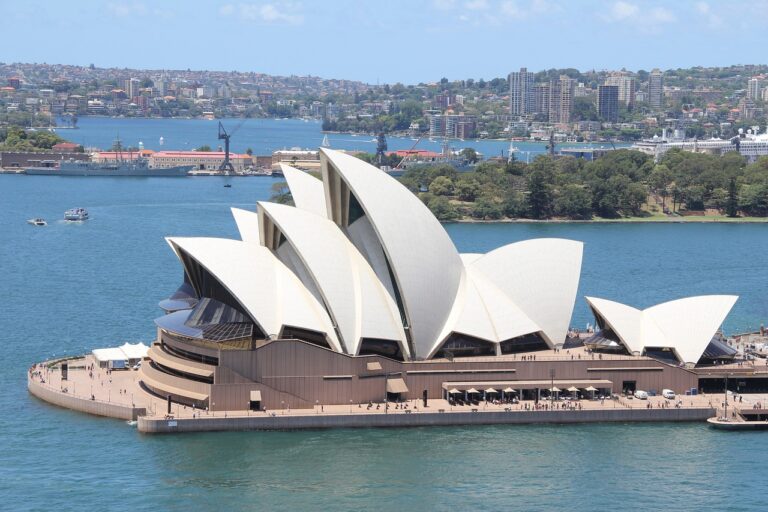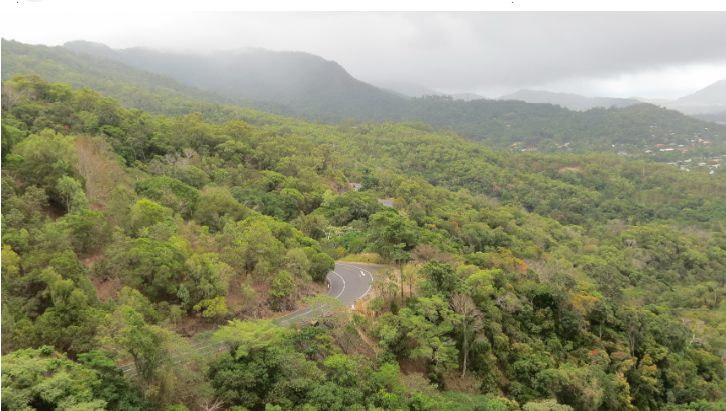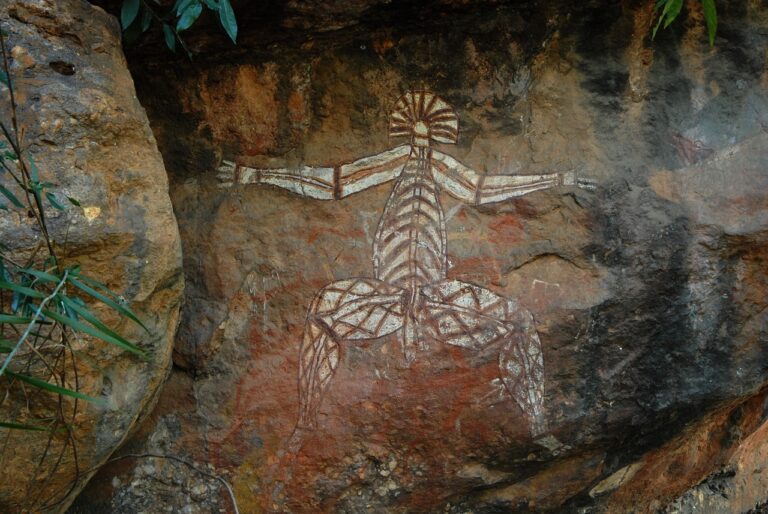Introduction:
The Great Barrier Reef stands as a testament to nature’s magnificence, an aquatic wonder stretching over 2,300 kilometers along the coast of Queensland, Australia. This UNESCO World Heritage Site is not just a reef; it’s an entire ecosystem brimming with biodiversity and breathtaking beauty. Join us as we embark on a journey to explore the mesmerizing depths and vibrant colors of the Great Barrier Reef.
Diving into a World of Diversity:
Descending beneath the surface, one is greeted by a kaleidoscope of colors and a flurry of activity. The Great Barrier Reef is home to over 1,500 species of fish, 411 types of hard coral, and countless other marine creatures, making it one of the most diverse ecosystems on the planet. From the graceful movements of sea turtles to the intricate dance of clownfish within the anemone, every corner of the reef tells a story of symbiotic relationships and interconnected life forms.
Exploring Iconic Dive Sites:
Among the myriad of dive sites dotting the Great Barrier Reef, some stand out as iconic destinations for underwater enthusiasts. The Ribbon Reefs, located in the northern section, offer pristine diving conditions with crystal-clear waters and an abundance of marine life. Here, divers can encounter majestic manta rays, elusive reef sharks, and even the occasional sighting of a curious dugong.
Further south lies the world-renowned Cod Hole, where encounters with giant potato cod are practically guaranteed. These friendly giants, known for their inquisitive nature, often approach divers with an air of curiosity, providing an unforgettable underwater experience.
For those seeking a thrill, the SS Yongala wreck presents a hauntingly beautiful dive site. Resting on the ocean floor since 1911, this sunken ship has become an artificial reef teeming with marine life. From giant gropers to schools of barracuda, exploring the SS Yongala is like diving into a living underwater museum.
Snorkeling Paradises:
Not all adventures on the Great Barrier Reef require scuba gear. Snorkeling offers a more accessible way to witness the reef’s wonders, allowing visitors to glide effortlessly above the coral gardens and vibrant fish populations. Popular snorkeling spots such as the Whitsunday Islands and Michaelmas Cay provide opportunities to get up close and personal with the reef’s inhabitants, including colorful parrotfish, graceful rays, and gentle reef sharks.
Preserving a Precious Ecosystem:
While the Great Barrier Reef captivates with its beauty, it also faces numerous threats, including climate change, pollution, and overfishing. Coral bleaching, caused by rising ocean temperatures, poses a significant risk to the reef’s health, leading to widespread devastation of coral colonies.
Efforts to protect and preserve this fragile ecosystem are underway, with initiatives focusing on sustainable tourism practices, marine conservation, and climate change mitigation. Visitors are encouraged to minimize their environmental impact by choosing eco-friendly tour operators, practicing responsible diving and snorkeling behavior, and supporting organizations dedicated to reef conservation.
Conclusion:
The Great Barrier Reef is more than just a destination; it’s a symbol of nature’s resilience and beauty. As we navigate the intricate coral labyrinths and swim alongside the reef’s inhabitants, we are reminded of the importance of protecting this precious ecosystem for future generations to enjoy. So, whether you’re diving into the depths or snorkeling beneath the sun-dappled surface, let the Great Barrier Reef inspire awe and wonder as you explore its unparalleled beauty.

